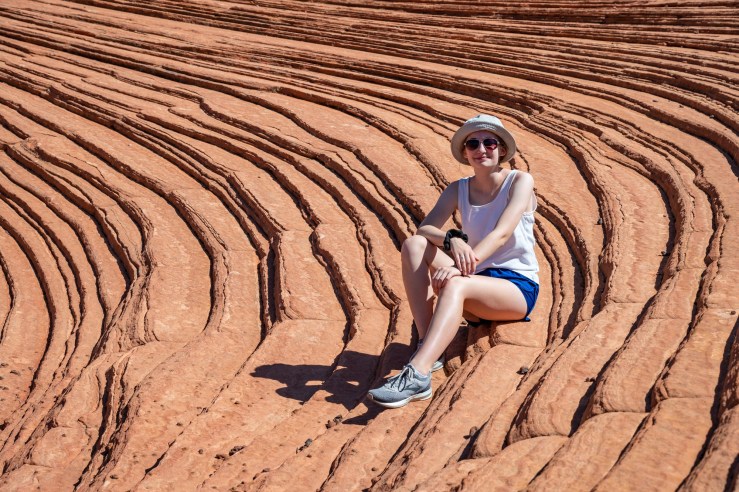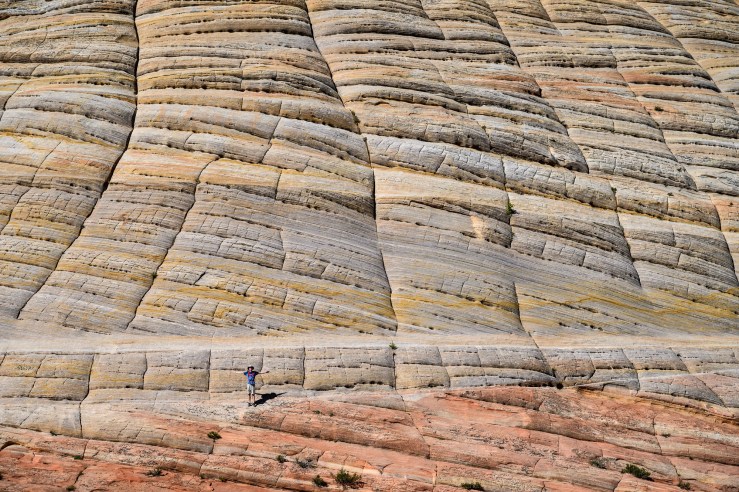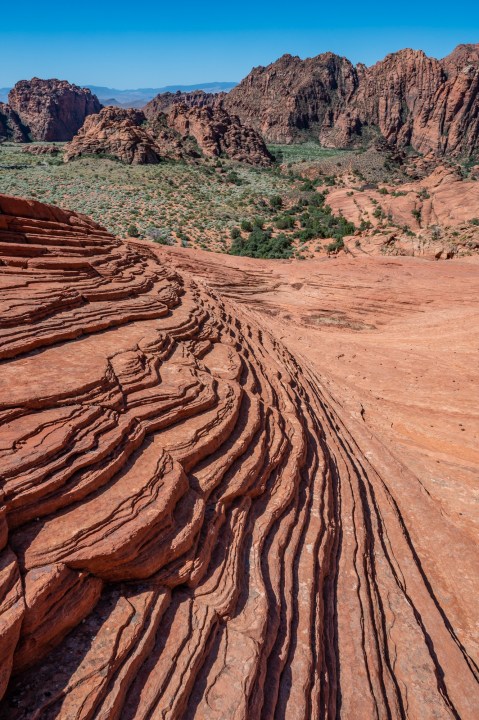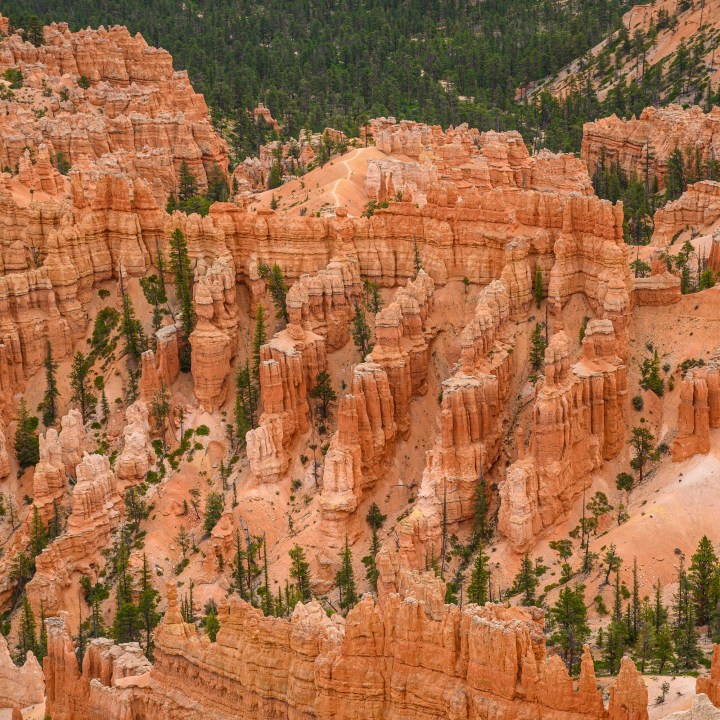One of my favorite things to do in photography is finding patterns. Like most people, I am drawn to patterns, textures and repetition. As fascinating as patterns and textures can be on their own, photographs of these elements are invariably improved when a pattern or texture is interrupted by something unexpected.
Visual dissonance
I commonly refer to the technique of breaking up textures and patterns as visual dissonance. This dissonance is the tension caused in the viewer when what they expect to see is broken by something they actually see. For example, if someone is viewing an image with a repeating pattern and then sees something that causes that pattern to be broken it causes visual dissonance. They are expecting to see the pattern repeat continuously throughout the scene, but then notice something different that causes them to do a double-take.
When it comes down to it, most viewers will stop and stare at your image just a little longer if there’s something in the image that is different from everything else in the scene. Therefore, breaking patterns and shapes with unanticipated elements is an excellent tool for photographers to employ in their visual tool kit.
I recently took a photo trip through southern Nevada and Utah where I photographed some of the most beautiful landscapes in the USA. During this trip, I searched for a few examples of ways to create visual dissonance by breaking up patterns and textures. Below are four techniques I used that you might also find helpful in your own photography.
Four techniques to create visual dissonance
1. Add a person to a patterned landscape
Adding a human element to a large scene with repeating patterns is a great photographic approach. In the images below, I used people to break up the pattern while providing an interesting visual element. In each case, the human provides a sense of scale and breaks up the scene to add more visual dynamism.
.mgl-tiles { display: none; } #mgl-gallery-634ecef7e9344 { margin: -5px; width: calc(100% + 10px); } #mgl-gallery-634ecef7e9344 .mgl-box { padding: 5px; } @media screen and (max-width: 768px) { #mgl-gallery-634ecef7e9344 { margin: -5px; width: calc(100% + 10px); } #mgl-gallery-634ecef7e9344 .mgl-box { padding: 5px; } } @media screen and (max-width: 460px) { #mgl-gallery-634ecef7e9344 { margin: -5px; width: calc(100% + 10px); } #mgl-gallery-634ecef7e9344 .mgl-box { padding: 5px; } }
Petrified sand dunes in Snow Canyon State Park, Utah. Nikon Z6, 24-70mm f/4, handheld. 
Look closer! Checkerboard Mesa, Zion NP, USA. Nikon Z6, 24-70mm f/4.
2. Add a contrasting color element
The sandstone throughout southern Utah is beautiful in its own right. However, I’ve found that breaking up the pattern/texture with contrasting elements creates a more powerful image. In the case of this example, a large area of sandstone had thousands of small rocks strewed across the surface. I found three that were arranged in a simple pattern and photographed them against the sandstone base.

3. Using patterns and texture to lead the viewer’s eyes into the scene
In the image below, I used texture and pattern to help guide the viewer’s eyes into the scene. This is a common technique for landscape photographers that can work as well for street and travel photography when you want to lead the viewer to an interesting element of the scene.

4. Change the direction of patterns
Look for natural changes in the direction of patterns. In this example from Bryce Canyon National Park, I found a series of hoodoos that were all oriented vertically in the landscape and included them in a composition with other canyon walls oriented to the left and right. Breaking up the direction is another great approach for interrupting patterns in your imagery.

My hope is these tips are useful for you and help inspire your photography. I’d love to see your images, so leave a comment down below with some of your images or a link to where I can find them. Thanks for reading!
Tell your story with the second annual Visual Storytelling Conference!
Experience four days of interactive, online training sessions featuring a range of educational content with experienced photographers and content creators. This free event kicks off with a series of technical boot camps to build essential skills, followed by live, online sessions on photography, video, business and social media. Join live from March 10-13, 2022!
